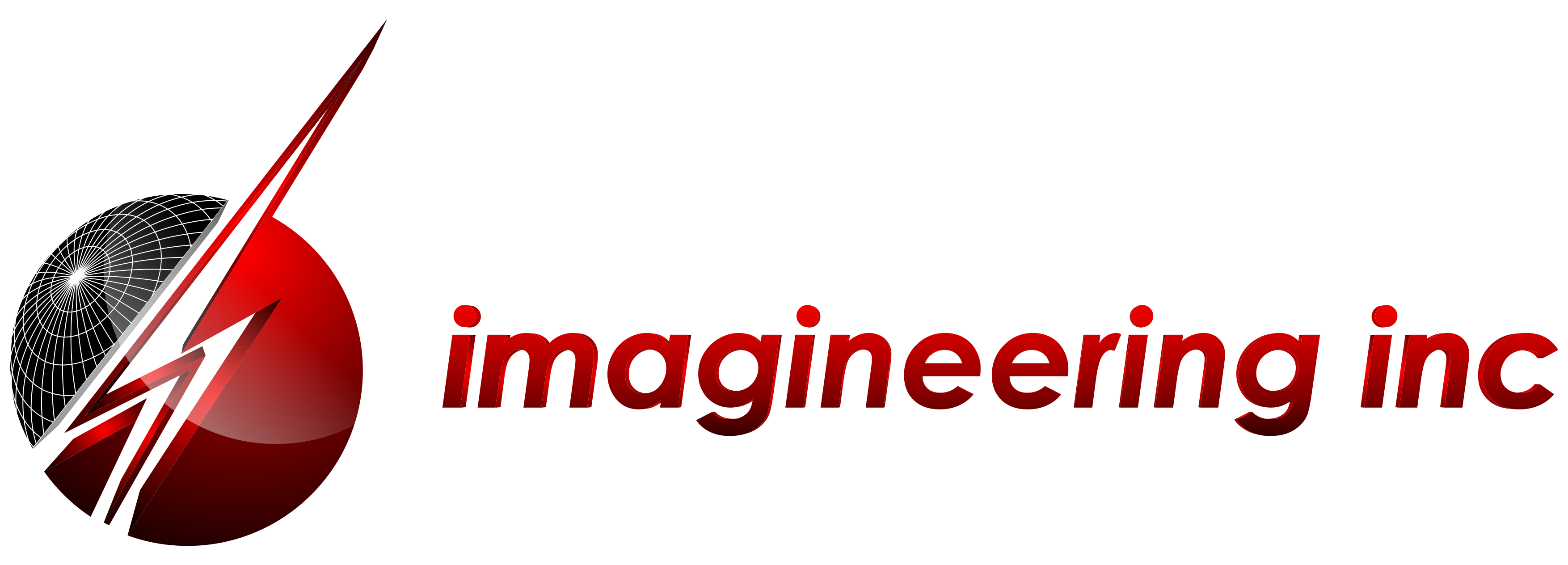One of the most important elements in modern manufacturing is a computer-aided design (CAD) file outlining the details of each component. CAD files are integral to the design and manufacturing process, providing machinists vital information about a product’s materials, dimensions, and volume.
From a manufacturing perspective, CAD files have completely changed the way fabricators incorporate client-generated designs into their process. Here are three things fabricators and assemblers need in a CAD file in order to provide the best results.
What is a 3D CAD File?
A 3D CAD file is a computer-generated 3D drawing of a product, which includes all the dimensional information about that product. These files are created using CAD-specific software programs and contain all the data regarding the product’s size, geometry, and mathematical volume etc. Part of the goal of a CAD file is to help the manufacturer visualize the design by offering an interactive digital rendering that can be rotated and viewed from multiple angles.
Additionally, 3D CAD files contain raw data, which is used in the manufacturing process to generate a program read by the computer numerical control (CNC) equipment. Essentially, the raw data in the CAD file is converted into a “G-Code,” which communicates with the manufacturing software. The information in the “G-Code” tells the CNC equipment exactly how to cut and shape the components used in each product.
What is a 2D CAD File?
As the name suggests, a 2D CAD file is a two-dimensional drawing of a component. Like a 3D CAD file, 2D CAD files contain dimensional details, as well as details about the materials, finishes, and surfaces of a product. These files are used to gain a general overview of a component before the manufacturing process. Since 2D files don’t include raw data, they can’t be used to provide G-Code during the CNC machining process.
How to Prep for Manufacturing
If you’re sending a CAD rendering to a manufacturer for custom components, take time to ensure your file meets individual manufacturer requirements and industry standards. Following a few basic guidelines up-front will save time and money in the long run.
#1 Use High Quality CAD Files
CAD files are created using a variety of programs and software suites. While this provides the designer with lots of options, translating data between CAD suites might jeopardize the quality of the data shared with the manufacturer. Loss of data fidelity occurs when files are shared between CAD suites and may result in difficulties during the manufacturing process. Ensure that you’re using high quality CAD files, as this will save you a lot of future stress and labor.
#2 Choose Compatible CAD Files
A high-quality CAD file won’t be very helpful if it’s not compatible with the manufacturer’s system. Native CAD files are generated by a variety of programs including: PTC Creo, Siemens NX, CATIA, SolidWorks, and Autodesk Inventor. AutoCAD (the file format for Autodesk AutoCAD) is the most popular and frequently used CAD program. Some designers prefer to use neutral CAD files (e.g. STL files, STEP files, IGES files), which are highly compatible across systems but lose some data included in more sophisticated programs.
#3 Provide a Complete CAD Packet
In general, it’s wise to provide both 3D and 2D CAD files to the manufacturer so they have a well-rounded picture of the components you need. 3D files are used to generate G-Code and provide dimensional data for the fabricators. 2D CAD files provide information about measurements and finishes which isn’t included in the 3D file. These files should highlight the most crucial views of the part, include sectional views if applicable, detail size and location of threads, and outline dimensions.
Working with Imagineering
At Imagineering, we provide seamless collaboration between designer and manufacturer. We pride ourselves on fabricating high-quality printed circuit boards designed to match your specifications.
Wondering how to get started? Work with our team to transform your idea from prototype to product. We offer same-day turnaround for prototyping and production in as few as seven days. Our network of trusted suppliers and manufacturing facilities around the globe allows us to offer customers aerospace-quality circuit boards at reasonable prices.
Ready to make your idea a reality? Contact Imagineering today to receive a quote.


